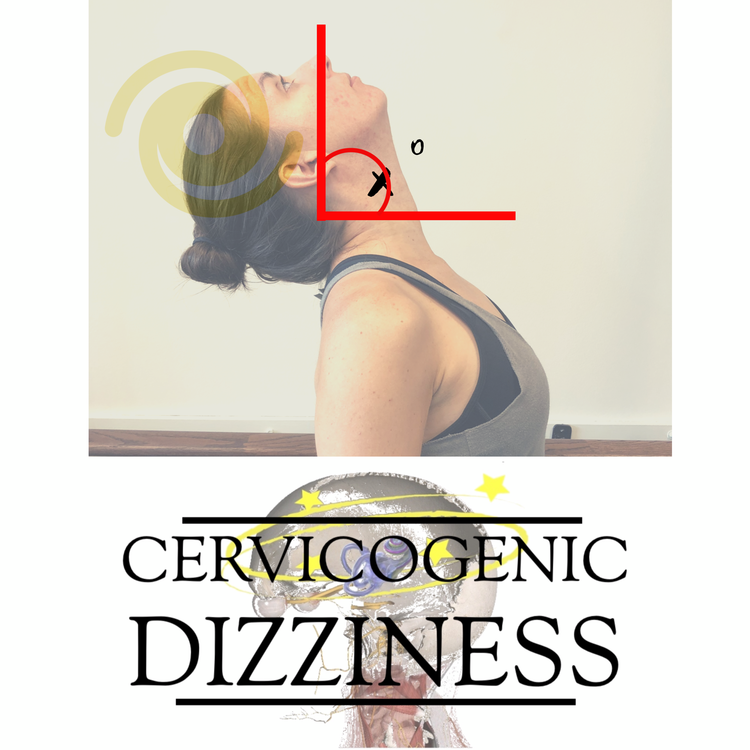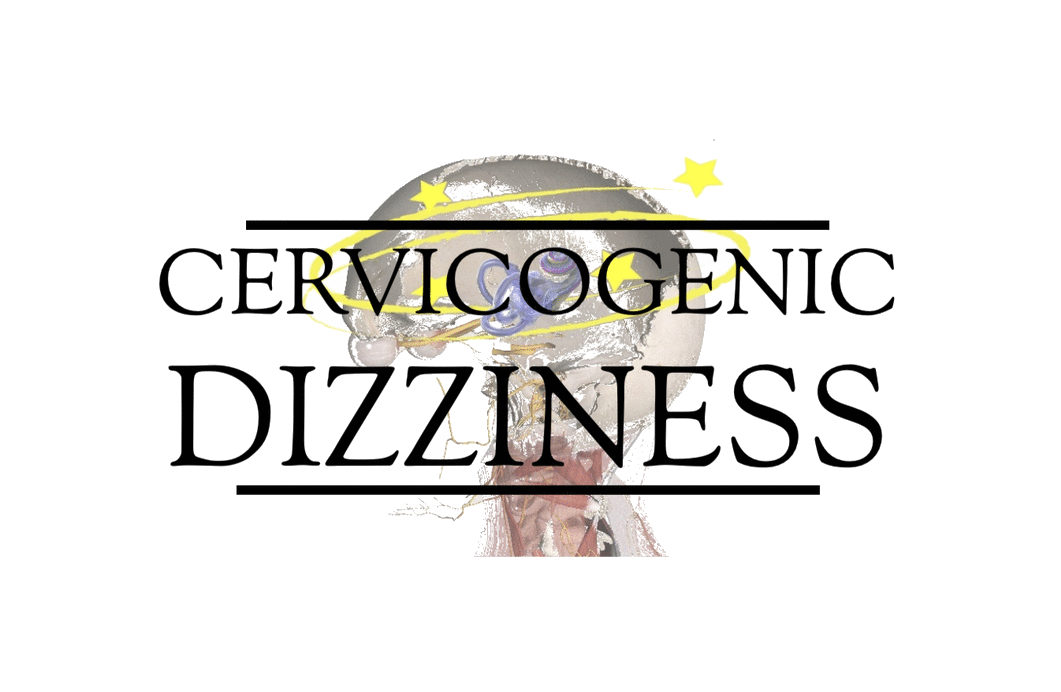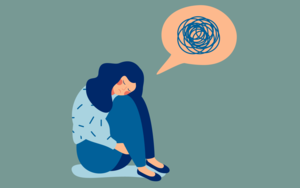Does Anxiety cause Cervicogenic Dizziness?

Does Anxiety cause Cervicogenic Dizziness?
Dizziness and psychological (i.e. anxiety and/or depression) issues usually coincide.
Pain and psychological (i.e. generalized anxiety) issues usually coincide.
These are called comorbidities and we should be aware of them as healthcare professionals.

Even though these symptoms are different, they occur parallel in a multi-system condition such as Cervicogenic Dizziness. It is well known that dizziness, psychological disorder and pain are multifaceted, interacting and interfering entities rather than as separate insusceptible issues. Therefore, for someone with Cervicogenic Dizziness, you are already 2 strikes towards having a psychological disorder.
When dizziness persists without findings of significant vestibular or central deficits, a clinician should respect that the remaining symptoms are often associated with a psychological disorder. Consistent with Cervicogenic Dizziness being defined as a ‘diagnosis of exclusion’, the psychological aspect should always be considered with our patients who have pain and dizziness.
Simply put, we always do a checks & balance approach — did the psychological distress lead to the symptoms or persistent, ongoing, chronic symptoms lead to the psychological distress?
Should physical therapists address anxiety and depression?
Even though the physical therapy profession is learning (and leaning) more towards the understanding of the “psychosocial” aspect of illness, I find I screen and address this component, but focus on the “bio” aspect of bio-psycho-social realm of illness. Our strongest attribute to the Cervicogenic Dizziness population is to determine if the consequence of dizziness is from a pain location, particularly of the upper cervical spine.
It has been shown that patients with neck pain and dizziness have more anxiety than just patients with dizziness (Knapstad et al 2020). Therefore, addressing the neck pain symptoms may just improve the secondary symptoms of dizziness and tertiary symptoms of anxiety.
If you suspect a high influence of psychological triggers, I say this is outside our scope of practice and recommend referring out to appropriate professionals. Even though we have had some training in this realm in our entry level education, we should let the ones who specialize in this figure out what psychological distresses enhance and sensitize the central mechanisms and hinder healing.
What you can do to screen for anxiety and depression.
Therefore, you as a clinician can provide screens to help you make this decision. Here are three recommendations:
Find a psychological professional in your community to meet with for coffee/lunch to discuss this topic.
You can figure out what his/her approaches are to help, such as psychological therapy and/or medications. This doesn’t mean you “lose” the patient to this professional, but more of a mutual relationship to provide optimal interventions in clinical management.
I always try to find someone that you can simply text/email with quick questions and form a friendship bond.
Use the emotional subscale of the Dizziness Handicap Inventory (DHI).
There are functional, physical and emotional subscales of the DHI. You are most likely already using this scale in your rehabilitation setting prior to seeing the person!
For true Cervicogenic triggers for the Dizziness symptoms, we find less positive findings on the emotional questions and more positive findings on the physical questions.
This statement, general as it may be, coincides with Dr. Susan Reid’s 3 dimensional screen of the DHI in her research. A patient is twice as likely to have Cervicogenic Dizziness if the following is true on the DHI:
“YES” on P1 question: Does looking up increase your problem?
“YES” on P11 question: Do quick movements of your head increase your problem?
“NO” on E9 question: Because of your problem, are you afraid to leave your home without having someone accompany you?
Use other screening questionnaires that a psychological professional is familiar with.
The GAD-7 (Generalized Anxiety Disorder) is a seven-question screening tool that identifies whether a complete assessment for anxiety is indicated. You can find it here.
The Duke Anxiety-Depression Scale (DUKE-AD) is a brief, easily scored questionnaire that serves as a valid screener in primary setting. Even though this scale is more protected and not widely available online, you can read more about it here.
You can learn more about the screening and treatment process of Cervicogenic Dizzinesss through Integrative Clinical Concepts, where the authors (husband–a manual therapist a wife—a vestibular specialist), teach a very unique course combining both the theory and practice of vestibular and manual principles in their 2-day course. Pertinent to this blog post, the 2nd day includes the “Physio Blend”, a multi-faceted physiotherapist approach to the management of Cervicogenic Dizziness, which includes treatments of the articular and non-articular system of manual therapy and the most updated sensorimotor exercise regimen.
If you would like to host a course for your staff (either a vestibular, neuro, sports or ortho clinic), please do not hesitate to contact me at harrisonvaughanpt@gmail.com for more information.
AUTHORS
Harrison N. Vaughan, PT, DPT, OCS, Dip. Osteopracic, FAAOMPT
Instructor: Cervicogenic Dizziness for Integrative Clinical Concepts
Danielle N. Vaughan, PT, DPT, Vestibular Specialist
Instructor: Cervicogenic Dizziness for Integrative Clinical Concepts



